
The sequel to Among the Volcanoes portrays the intellectual and political transformation of a young Mayan woman who leaves her Guatemalan village to attend a special program for teachers.
Materials from Guatemala

The sequel to Among the Volcanoes portrays the intellectual and political transformation of a young Mayan woman who leaves her Guatemalan village to attend a special program for teachers.
A bilingual retelling of a Guatemalan folktale about a young man who tries to win the hand of a Mayan princess by making his song as sweet as that of the birds.
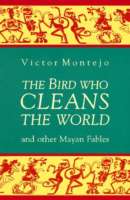
A collection of Jakaltek Mayan folktales, first told to the author by his mother and the elders of his Guatemalan village. They deal with the themes of creation, nature, mutual respect, and ethnic relations and conflicts. Told for the first time in English and illustrated with Mayan images, these stories and fables speak eloquently of an ancient culture, at once preserving its history and recreating its tradition.
Having saved enough money to buy a disposable camera, Pascual goes into the Guatemalan jungle to take pictures of monkeys, but the results are not what he expected.
Describes the background and customs associated with some of the festivals of Central America.
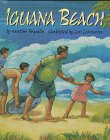
Little Reina persuades her mother to let her go to the beach with her uncle and cousins, but she has to promise to not go near the waves. It becomes intolerable for her to keep that promise as her cousins frolic in the water–and then she finds a solution to her problem.
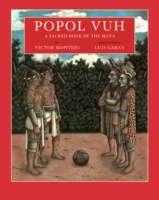
One of the few Maya documents to survive the Spanish conquest, the Popol Vuh describes the creation of the Maya universe and of humans. It tells the tale of the Hero Twins, who defeated the gods of the underworld in a ball game, and details the legendary history of the Quiche Maya rulers until their imprisonment and torture by the Spanish. Equivalent to the Bible and the Greek and Roman mythologies, the Popol Vuh is the essential text of Mayan culture.
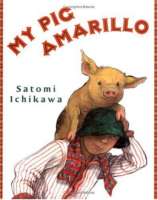
Amarillo is Pablito’s best friend. They do everything together-run, hide from each other, jump in the mud. They are inseparable, just like many best friends. But Amarillo is a bit different-he is a little yellow pig. When Pablito comes home from school one day and Amarillo isn’t there, Pablito is devastated. Where could he be? Pablito can’t eat; he can’t sleep. His heart feels as if it will break wide open. But Grandfather has an idea, a way for Pablito to send a message to Amarillo, and help him say goodbye to his best friend. My Pig Amarillo is a beautiful story for children of all ages, full of friendship and love and learning to let go.
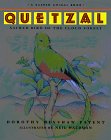
Dorothy Patent explores the many facets of this shimmering bird, from its illustrious past to its life cycle and daily existence in the wild. Accompanied by Neil Waldman’s luminous illustrations, this unique survey book examines an endangered animal that has a powerful symbolic meaning to a culture.
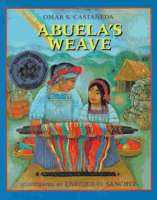
A Guatemalan story about intergenerational trust, love, and independence, this book introduces children to the culture of Guatemala through the story of a little girl selling her grandmother’s beautiful weaving at the public market. Illustrated throughout with paintings of authentic Guatemalan scenery, giving life to the country’s radiant landscape and bustling city streets.